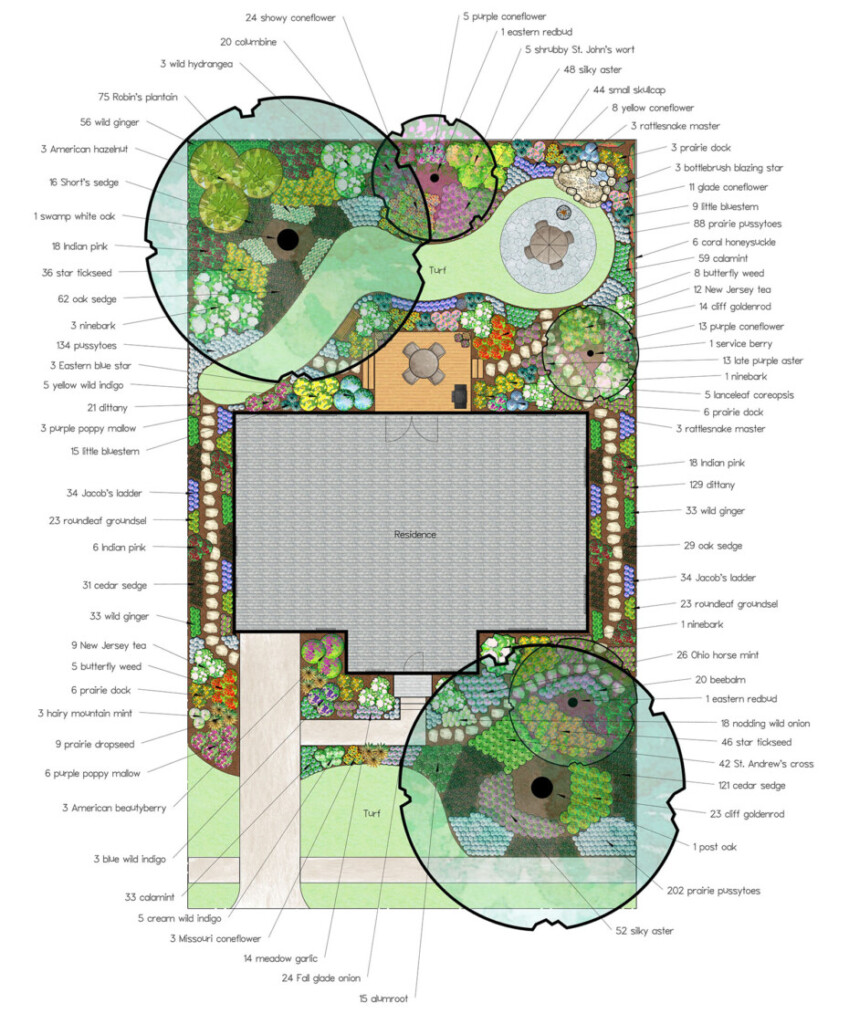
Printing note: This design was created to be 8.5″ x 14″ and the design pdf will print best on legal size paper.
Wild Ones Meet the Designers Webinar
Meet the Designers of the Minneapolis and St. Louis Native Garden Designs
Existing Site Conditions & Plant Communities
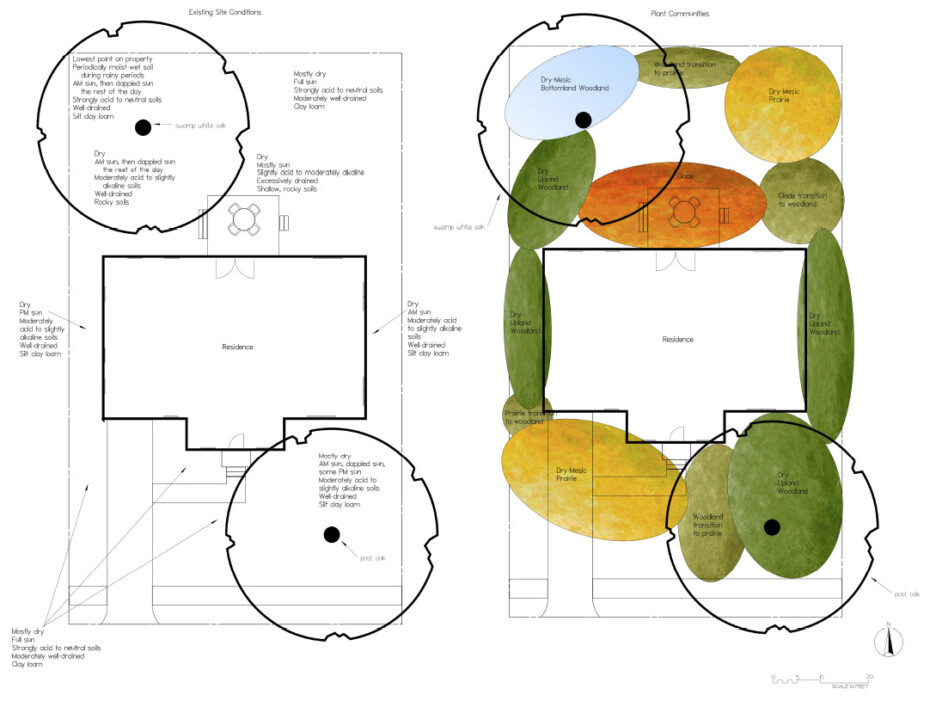
Phasing
Phase 1)
Front yard – Everything up against the house could be planted first to frame the front of the house. If the oak tree is not already present in the front yard, the oak tree & the redbud can be planted in this phase also to give them some time to establish. **Take care to not plant too close to the tree trunks, staying at least 4-5 feet away from the trunk at time of planting so as not to damage tree trunks or shallow roots.
Phase 2)
Back yard – Plantings around the deck (glade, glade transition to woodland to the east, and upland woodland to the west) could be planted first to frame the existing gathering area and to bring wildlife activity closer to the house for you to see!
Phase 3)
Back yard – Plantings in low-lying area could be planted next. If the oak is not already established here, then plant the oak first and wait to install these plantings until the oak tree is well established and shading this area of the yard as most of the plants in this corner prefer shadier conditions.
Phase 4)
Back yard – Hardscapes (circular patio/fire-pit area) & pond-less water feature may be added at this time with the surrounding plantings to follow as soon as construction is complete (from the redbud to all plantings surrounding the water feature to approximately the southernmost vine on the east fence). Right after construction can be a great time to plant since you have a blank slate to work with.
Phase 5)
Front yard – Once more shade is established in the front yard by the oak tree & redbud, everything else may be planted.
Phase 6)
Back yard – Once more shade is established in the back yard under the swamp white oak, everything else may be planted in this corner.
Phase 7)
East & West sides of house – Aesthetically this is the lowest priority – Not very visible and not the most heavily used section of the yard, so this may be planted last. **Mulch or flagstones may be used for walking paths.
Phase 8)
Turf replacement – Remaining turfgrass areas may be replaced with buffalograss or other native turf alternative to reduce watering, fertilizing, and mowing for a more sustainable lawn.
Plant List
This list is inclusive of only the native plants in this specific native garden design. The list is meant to provide a basic preview of the beautiful and diverse plants featured in this design and serve as a reference tool when selecting plants at a nursery. (The list can be printed in two columns using landscape mode in your print settings.) More thorough information about each of these native plants can be found online at the Audubon, Lady Bird Johnson Wildflower Center and United States Department of Agriculture websites, all of which provide a wealth of native plant information including comprehensive North American native plant databases.
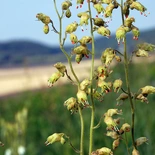
Alumroot(Heuchera richardsonii)
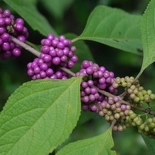
American Beautyberry(Callicarpa americana)
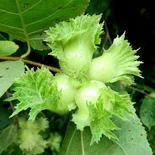
American Hazelnut(Corylus americana)
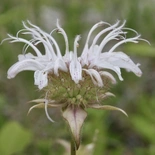
Beebalm(Monarda bradburiana)

Blue Wild Indigo(Baptisia australis)
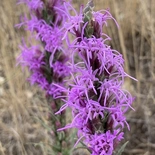
Bottlebrush Blazing Star(Liatris punctata var. mucronata)
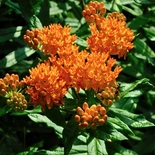
Butterfly Weed(Asclepias tuberosa)
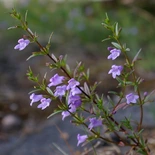
Calamint(Clinopodium arkansanum)
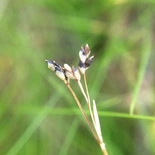
Cedar Sedge(Carex eburnea)
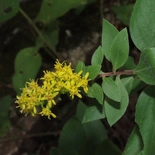
Cliff Goldenrod(Solidago drummondii)
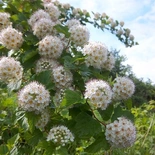
Common Ninebark(Physocarpus opulifolius)
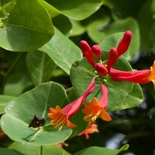
Coral Honeysuckle(Lonicera sempervirens)

Cream Wild Indigo(Baptisia bracteata)
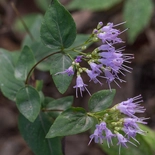
Dittany(Cunila origanoides)
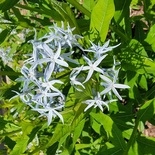
Eastern Blue Star(Amsonia tabernaemontana)
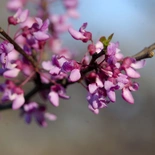
Eastern Redbud(Cercis canadensis)
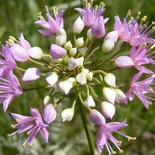
Fall Glade Onion(Allium stellatum)
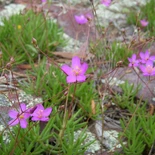
Fame Flower, Rock Pink(Phemeranthus calycinus)

Glade Coneflower(Echinacea simulata)
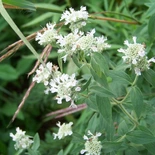
Hairy Mountain Mint(Pycnanthemum verticillatum)
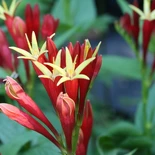
Indian Pink(Spigelia marilandica)
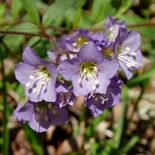
Jacob's Ladder(Polemonium reptans)

Lanceleaf Coreopsis(Coreopsis lanceolata)
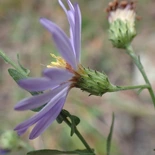
Late Purple Aster(Symphyotrichum patens)
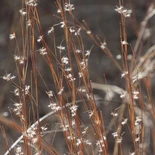
Little Bluestem Grass(Schizachyrium scoparium)
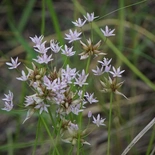
Meadow Garlic(Allium canadense)
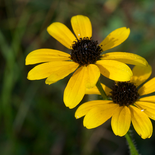
Missouri Coneflower(Rudbeckia missouriensis)
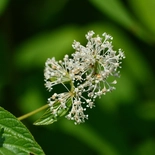
New Jersey Tea(Ceanothus americanus)

Nodding Onion(Allium cernuum)

Oak Sedge(Carex albicans)

Ohio Horse Mint(Blephilia ciliata)
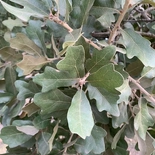
Post Oak(Quercus stellata)
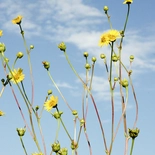
Prairie Dock(Silphium terebinthinaceum)
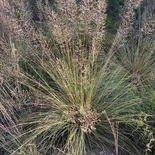
Prairie Dropseed(Sporobolus heterolepis)
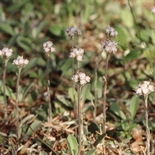
Prairie Pussytoes(Antennaria neglecta)
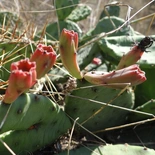
Prickly Pear Cactus(Opuntia humifusa)
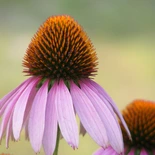
Purple Coneflower(Echinacea purpurea)
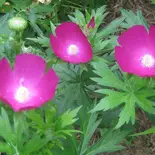
Purple Poppy Mallow(Callirhoe involucrata)

Pussytoes(Antennaria parlinii)
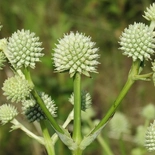
Rattlesnake Master(Eryngium yuccifolium)
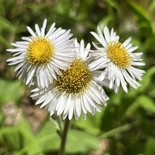
Robin's Plantain(Erigeron pulchellus)
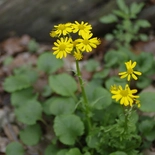
Roundleaf Groundsel(Packera obovata)
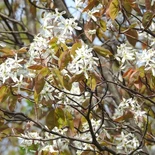
Service Berry(Amelanchier arborea)

Short's Sedge(Carex shortiana)

Showy Coneflower(Rudbeckia fulgida var. sullivantii)
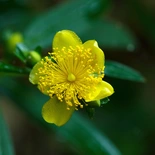
Shrubby St. John's Wort(Hypericum prolificum)
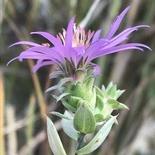
Silky Aster(Symphyotrichum sericeum)

Small Skullcap(Scutellaria parvula)
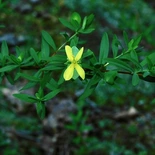
St. Andrew's Cross(Hypericum hypericoides var. multicaule)

Star Tickseed(Coreopsis pubescens)
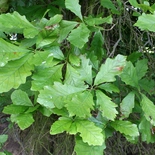
Swamp White Oak(Quercus bicolor)
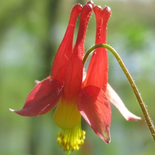
Wild Columbine(Aquilegia canadensis)

Wild Ginger(Asarum canadense)

Wild Hydrangea(Hydrangea arborescens)
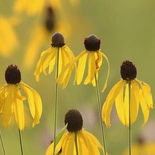
Yellow Coneflower(Ratibida pinnata)
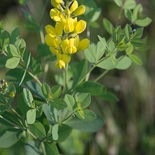
Yellow Wild Indigo(Baptisia sphaerocarpa)
About the Designer
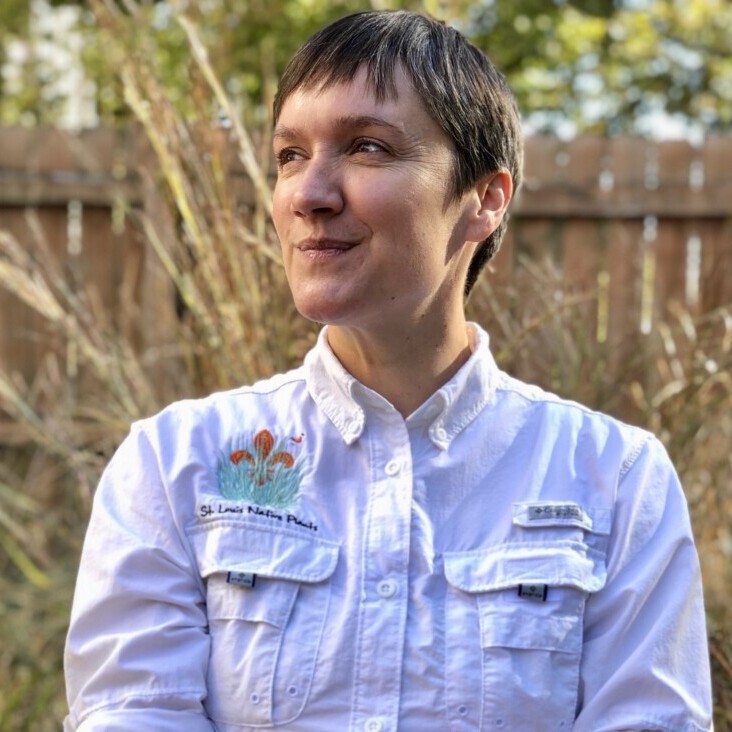
Susie Van de Riet is the founder of St. Louis Native Plants LLC, whose services include consulting, coaching, design, & education. She obtained her bachelor’s in Women’s Studies and AAS in Horticulture. She is an ISA Certified Arborist and an NAI Certified Interpretive Guide. She has a passion for native plants and has been landscaping with them since 2009. Susie has served as Education Subcommittee Chair of Grow Native! and has participated with the St. Louis Audubon Society’s “Bring Conservation Home” program as a Habitat Advisor. She is a member of Grow Native! and Wild Ones and worked as a horticulturist managing 130+ acres at Forest Park. Her last yard was Platinum Certified with the BCH program, and she has attained the same certification for her current yard. She loves sharing the benefits of native plants with others.
Listen to Susie discuss her native garden design for Wild Ones on St. Louis Public Radio!
Designer Statement
When I design a native landscape, I get to be the composer for a “symphony” of plants: Bringing together all elements including clients’ ideals for the space, how they want it to function, time they want to spend on maintenance, what kind of wildlife (including arthropods) they hope to attract or deter, and completing a site analysis. From there, I select a suitable plant palette and layout for that space. I incorporate standard design elements such as ensuring a variety of interest is present in the garden year-round, incorporating focal points, etc. I make sure to talk through maintenance tips and wildlife benefits with every client to ensure they have some idea of what to expect from their landscapes and how to manage it. Education is the key to success. It’s an absolute joy helping clients to create landscapes they will enjoy and that will work with their natural environment.
Free National Webinar: "Intergenerational Care for Land and Community: A Conversation with Robin Wall Kimmerer and Esther Bonney"
January 21st at 6:00 PM (CT)
In this special collaboration, Robin Wall Kimmerer, author, botanist, and founder of Plant Baby Plant, joins youth leader and Nurture Natives founder Esther Bonney for an intergenerational conversation about belonging, reciprocity, and native plant action.
About Wild Ones
Wild Ones (a 501(c)(3) nonprofit organization) is a knowledgeable, hands-on, and supportive community focused on native plants and the ecosystem that depends on them. We provide resources and online learning opportunities with respected experts like Wild Ones Honorary Directors Doug Tallamy, Neil Diboll, and Larry Weaner, publishing an award-winning journal, and awarding Lorrie Otto Seeds for Education Program grants to engage youth in caring for native gardens.
Wild Ones depends on membership dues, donations and gifts from individuals like you to carry out our mission of connecting people and native plants for a healthy planet.
Looking for more native gardening inspiration? Take a peek at what our members are growing!

